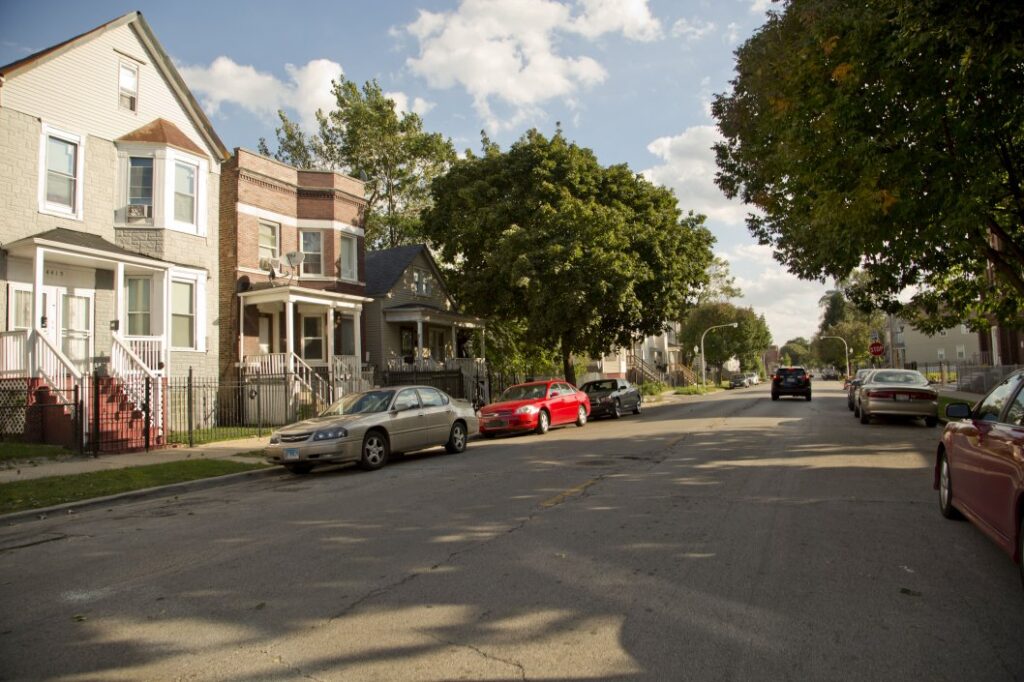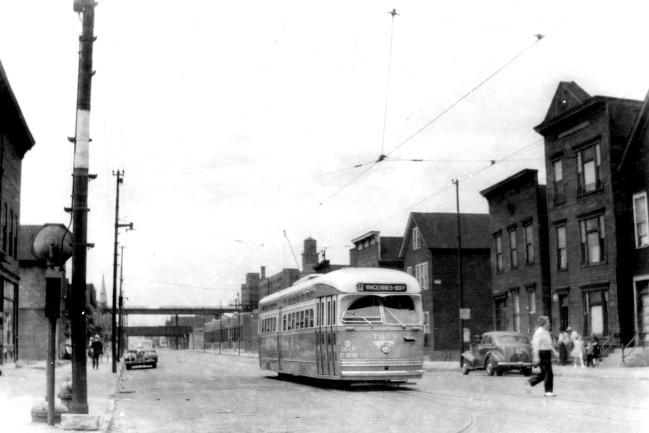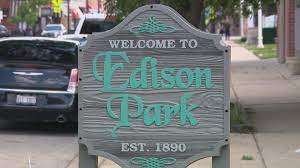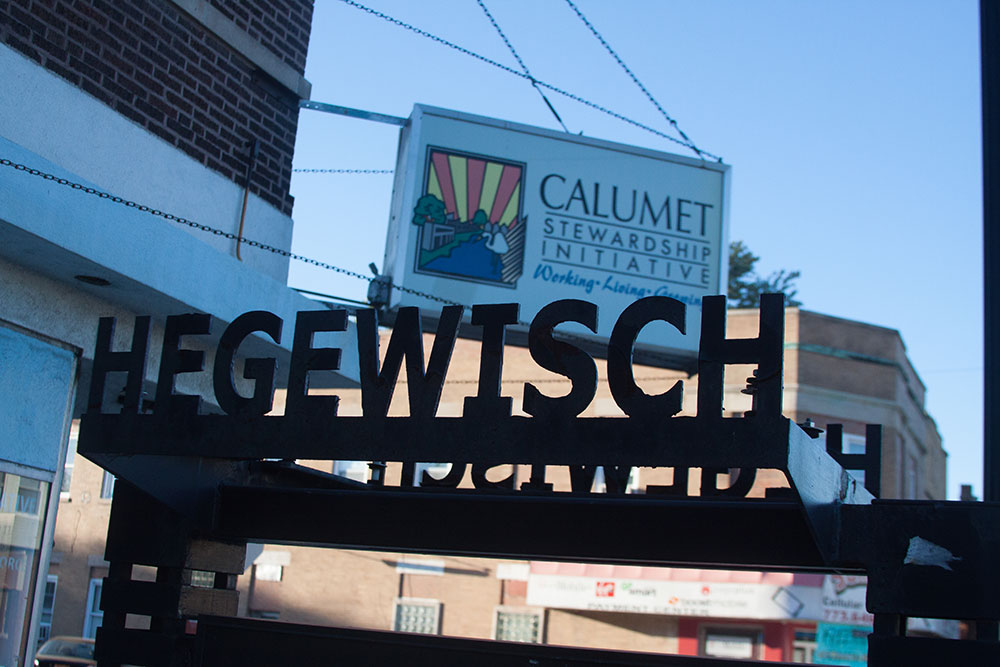Fuller Park: A Vibrant Community on Chicago’s South Side
Fuller Park, located on the South Side of Chicago, is a vibrant community with a rich history and a strong sense of community. Despite its small size, Fuller Park has been making strides in revitalizing the neighborhood and providing resources for its residents. From its humble beginnings as a railroad roundhouse to its current efforts in education, agriculture, and economic development, Fuller Park is a neighborhood that is determined to thrive.
A Brief History
Fuller Park’s history dates back to the late 19th century when Irish immigrants, many of whom worked for the railroads or stockyards, settled in the area. The community grew rapidly after the Great Chicago Fire of 1871, as developers built beyond the city limits to evade stricter building codes. In the 1890s, German and Austrian immigrants joined the neighborhood, adding to its diverse population.
The 20th century brought significant changes to Fuller Park. African Americans began moving into the area, along with Mexicans and Slavs, gradually replacing the Irish and Germans. The construction of the Dan Ryan Expressway in the 1950s divided the neighborhood and displaced a third of its residents. The closure of the Union Stock Yards in 1971 dealt a further blow to the local economy, resulting in a decline in population and job opportunities.
Education and Community Engagement
Despite the challenges it has faced, Fuller Park has remained resilient, with community leaders investing in education and community engagement. One notable institution in the neighborhood is the Thomas A. Hendricks Community Academy, the only remaining elementary school in the area following the closure of Parkman Elementary. The school has been instrumental in providing a quality education and fostering a positive learning environment for the children in Fuller Park.
Another pillar of the community is the Eden Place Nature Center, which was once an illegal dumpsite but has now been transformed into an urban oasis. Founded by Michael and Amelia Howard, the nature center offers educational programs and services to the neighborhood, teaching youth about farming and connecting with nature. The Howards have also been actively involved in supporting families in the area, particularly during the challenging times brought about by the pandemic.
Economic Revitalization and Resources
Efforts to revitalize the economy in Fuller Park have been gaining momentum in recent years. The South Side Community Federal Credit Union, one of two minority-owned nonprofit financial institutions in Illinois, aims to provide residents with the financial tools and resources they need to own homes, create saving plans, and establish businesses in their community. CEO and President Gregg Brown is dedicated to driving economic change and fostering an economic movement in Fuller Park.
Alderman Pat Dowell, representing the 3rd Ward, has witnessed the economic revival in Fuller Park firsthand. More investment is flowing into the neighborhood, with requests for city-owned land to build housing and major developments underway. Dowell believes that these developments, such as a car wash and laundromat on 43rd and Wells, not only serve Fuller Park but also benefit the surrounding communities.

Challenges and Renewal Efforts
Fuller Park faces numerous challenges, including a high poverty rate, limited access to businesses and restaurants, and a history of disinvestment. However, community members are determined to overcome these obstacles and uplift the neighborhood. The Neighbors of Fuller Park organization is actively working to recover the neighborhood’s rich architectural history and rehabilitate the park, including its central fountain, courtyard, and fieldhouse.
The community also takes pride in its churches, which have a high concentration per capita. Fellowship Missionary Baptist Church, one of the churches in the neighborhood, not only focuses on saving souls but also meets the needs of the community through initiatives like food pantries and soup kitchens. These efforts have provided essential support to families in Fuller Park, especially during the pandemic.
Fuller Park by the Numbers
Fuller Park has a population of fewer than 4,000 people, with a median household income of under $25,000 a year. The neighborhood has a predominantly Black population, with a small percentage of White, Asian, and other races. The poverty rate is over 40%, and many families are headed by single mothers. Despite these challenges, Fuller Park is a close-knit community that strives to improve the quality of life for its residents.
Looking Ahead
As this neighborhood continues its journey of revitalization and renewal, there is hope for a brighter future. With ongoing investments in education, economic development, and community engagement, the neighborhood is making significant strides. Although there are still obstacles to overcome, the determination and resilience of Fuller Park’s residents and community leaders are driving positive change and fostering a sense of pride in the neighborhood.
Fuller Park may be small in size, but its vibrant community spirit and dedication to progress make it a neighborhood to watch. As investments continue to pour in, Fuller Park has the potential to become a thriving and prosperous community on Chicago’s South Side.



